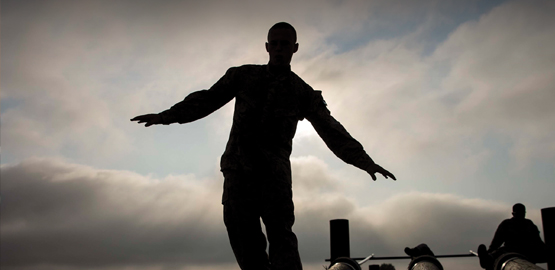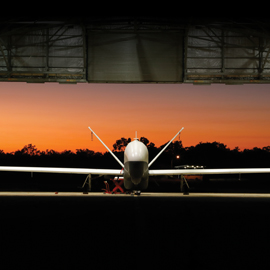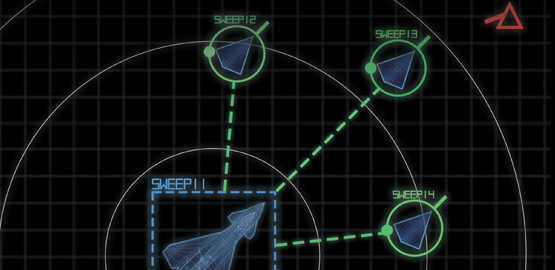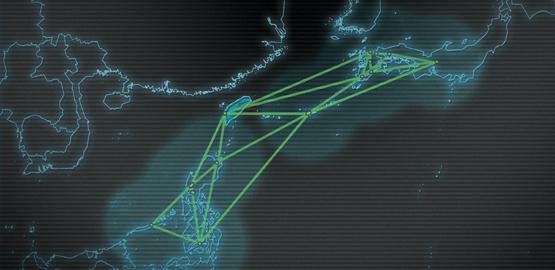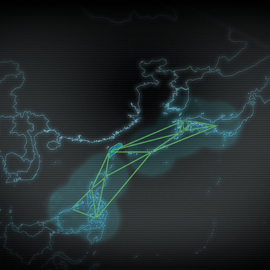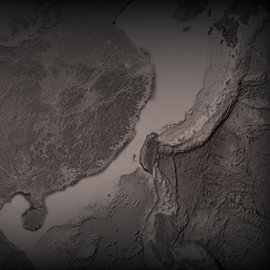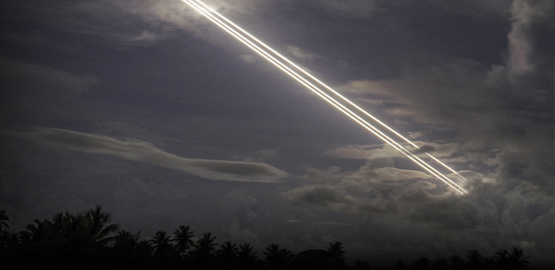Publications
"Nobody does defense policy better than CSBA. Their work on strategic and budgetary topics manages to combine first-rate quality and in-depth research with timeliness and accessibility—which is why so many professionals consider their products indispensable." – Gideon Rose, Editor of Foreign Affairs, 2010-2021
An Air Force for an Era of Great Power Competition
CSBA's report recommends creating a future aircraft inventory that would be more lethal and better able to operate in future contested and highly contested environments compared to today's force. It also advises the U.S. Air Force to develop and field this force over the next fifteen to twenty years instead of attempting to reach a specific inventory target by 2030.
Towards a Tier One Royal Air Force
CSBA offers a new force-planning construct that can guide the Royal Air Force’s future plans and resource priorities as it prepares for both the most dangerous and most likely challenges it may confront over the coming years. Moreover, the report recommends investments in new capabilities for suppressing anti-access/area denial threats to NATO operations.
National Security Contributions of the U.S. Maritime Industry
The United States has always been a maritime nation. Since its founding, Americans have taken to the sea for trade, to harvest the resources in America’s waters and seabed, and to defend or advance the country’s interests. A robust commercial maritime industry is essential to support these efforts, which enhance America’s prosperity and security.
Regaining the High Ground at Sea: Transforming the U.S. Navy’s Carrier Air Wing for Great Power Competition
REGAINING THE HIGH GROUND AT SEA examines trends in U.S. strategy, capabilities, and threats between now and 2040 to describe the operational concepts carrier aircraft will likely need to use in the future, as well as the implications for how carrier air wings should evolve during the next 20 years.
Human-Machine Teaming for Future Ground Forces
By the middle of the 21st century, ground forces will employ tens of thousands of robots, and the decisions of human commanders will be shaped by artificial intelligence; trends in technology and warfare make this a near certainty. The military organizations of the United States and its allies and partners must plan now for this new era of warfare.
Sustaining the U.S. Nuclear Deterrent: The LRSO and GBSD
The threat of nuclear attack by a great power or a rogue state is a major reason why every U.S. administration since the end of the Cold War has validated the need to maintain a safe, secure, and credible nuclear triad. Russia maintains a large stockpile of nuclear warheads and continues to adhere to military doctrine that indicates it might be willing to use nuclear weapons to coerce the United States and its allies in a crisis. Both Russia and China are funding multiple programs to modernize their nuclear arsenals, and the proliferation of advanced military technologies has allowed North Korea to fast-track its nuclear weapons development program.


